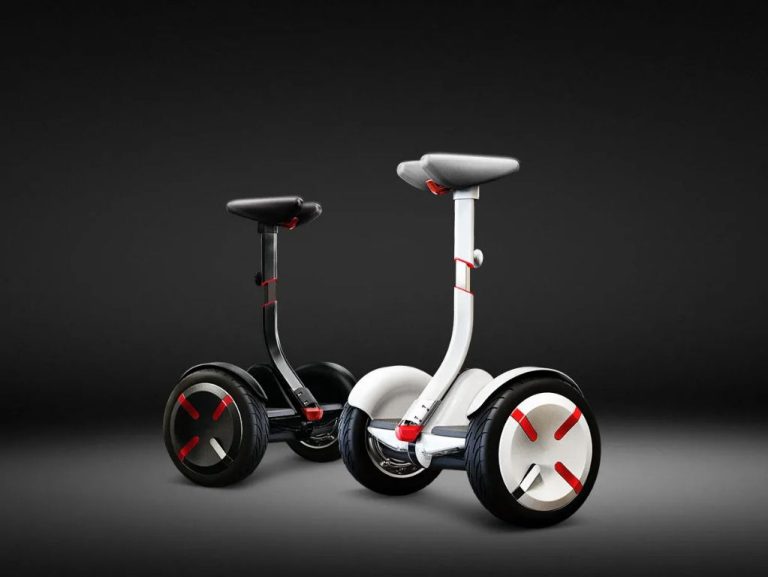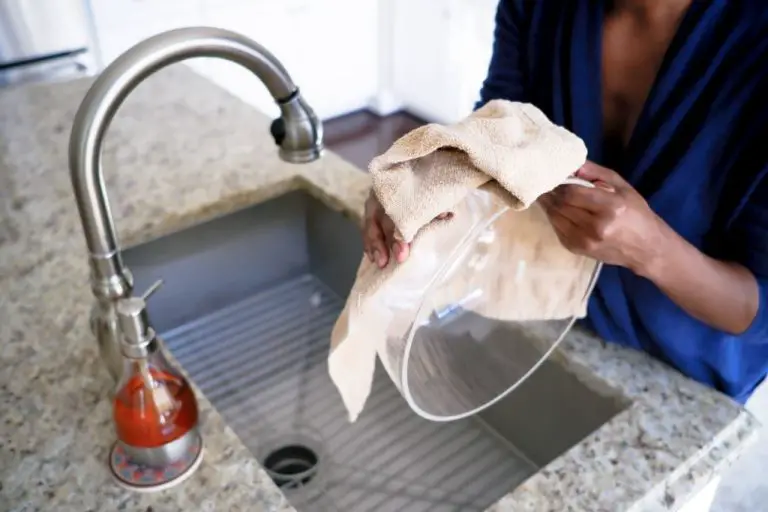Can You Use A 20 Lb Propane Tank For A Torch?
Torches are handheld devices that produce a hot and concentrated open flame, usually fueled by propane or butane. They have many uses including soldering, brazing, heat shrinking, loosening corroded bolts, igniting pilots, and culinary uses like creme brulee. While small handheld torches may use disposable propane cylinders, larger torches often rely on refillable propane tanks. A common question is whether you can use a full-size 20 lb propane tank to fuel a torch for projects.
This article provides an overview of using 20 lb propane tanks for torches. We’ll look at tank connectors, pressure considerations, propane consumption, safety, and alternatives to using large capacity tanks. The goal is to help readers understand if a 20 lb tank is practical and recommended for torch applications.
Propane Tank Sizes
Propane tanks come in a variety of standard sizes to suit different applications. The most common sizes for homeowners are 20 lb, 30 lb, 40 lb, 60 lb, 80 lb, 100 lb, and 120 lb tanks (Source). Larger tanks over 120 gallons are also used for commercial and industrial purposes.
A 20 lb propane tank is a small, portable tank that is commonly used for gas grills, small outdoor heaters, and camping stoves. These tanks measure 18 inches tall and 12.5 inches in diameter. When full, a 20 lb propane tank contains approximately 4.7 gallons of propane (Source). The small size and low capacity make 20 lb tanks convenient for portable applications where large amounts of propane are not needed.
Propane Tank Connectors
To connect a 20 lb propane tank to a torch, you need a compatible adapter or connector hose. There are different types of connectors depending on the torch:
- Bernzomatic torches usually require a POL adapter that fits over the tank valve and connects to a rubber hose. You can find POL adaptors and hoses on Amazon and Walmart for around $15-30.
- Victor and other brands may use left-handed threaded connectors that screw onto the tank valve and attach to a rubber hose. Make sure you have the right threaded adapter for your tank and torch.
- Acetylene or MAPP gas torches require specialized fittings and hoses designed for those gases. Do not try to connect them directly to a propane tank.
Safety should be the top priority when connecting propane tanks. Always check for leaks after attaching the connector by spraying soapy water and looking for bubbles. Tighten any loose connections and replace damaged hoses to prevent leaks and potential fires or explosions. Only connect the tank outdoors away from any sources of ignition. Additionally, make sure the connector and hose are rated for the pressure inside propane tanks (around 200 psi when full). Using the wrong connector or weak hose can be extremely dangerous.
Propane Tank Pressure
A standard 20 lb propane tank contains liquid propane pressurized between 100-200 psi (pounds per square inch) according to industry standards (Ferrellgas). This pressure range keeps the propane in liquid form. If pressure drops below 100 psi, the propane will start changing from liquid to gas which can impact performance.
Propane appliances like torches require the pressure to be adjusted down for optimal performance. This is done by using a propane regulator attached to the tank’s valve which will step down the pressure. For example, many torch manufacturer’s recommend 10-15 psi operating pressure which requires a regulator to decrease the tank pressure (Quora).
So a standard 20 lb propane tank contains enough pressure to operate a torch, but a regulator is needed to properly adjust the pressure down to the torch’s requirements.
Using 20 lb Tanks for Torches
Yes, 20 lb propane tanks can be used for torches with the proper adapter and hose. Using a 20 lb tank has some advantages and disadvantages compared to smaller 1 lb tanks:
Pros of 20 lb tanks:
- Much more propane capacity means less frequent tank refills or exchanges
- Often cheaper in the long run than constantly exchanging 1 lb tanks
- Longer hoses can reach further distances
Cons of 20 lb tanks:
- Bulkier and less portable than 1 lb tanks
- May need adapters, hoses, and/or regulators not included with the torch
- Refilling at home requires an adapter not included with the tank
Torches like the Welding Torch Fueled By 20 lb Propane come with the necessary hoses and adapters to connect directly to a 20 lb tank. Conversion kits like the Tonga Torch 1lb to 20lb Adapter allow connecting a torch designed for 1 lb tanks to a standard 20 lb propane tank.
Torch Propane Consumption
The propane consumption rate for a torch depends on the size and power of the torch. Small hobby torches may consume around 1-3 pounds of propane per hour. More powerful torches used for welding or cutting can consume 5-8 pounds of propane per hour.
For a standard 20 lb propane tank, a small hobby torch may get 6-20 hours of burn time. A more powerful torch may only get 2-4 hours from a single 20 lb tank. According to one metals forum, when using a 100 lb oxygen tank with a 20 lb propane tank for cutting scrap metal, the propane only lasted through cutting 2 hay rakes, a harrow, and a 3 point hitch mower deck before needing to be refilled (Source).
It’s important to monitor your propane levels and have back up propane tanks available if you’ll be using a high consumption torch for an extended period. Trying to run a torch on low or empty propane tanks can cause damage.
Torch Safety
When using propane tanks and torches, it’s crucial to follow proper safety protocols to prevent accidents and injuries. According to Bernzomatic, during use you should keep hand torches upright to avoid flare ups or flashes. If the torch sputters or flares, turn the cylinder upright and turn the unit off. Always ventilate the area when using a torch.
For transporting and storing propane tanks, the manufacturer’s manual states to store upright and keep valves closed and capped. Only transport one cylinder at a time, and keep cylinders secured in an upright position. Do not store or transport cylinders in hot vehicles.
When lighting a torch, do not smoke or have open flames nearby. Make sure to open the propane valve slowly and light with a spark lighter, not a matches or cigarette lighter which could cause a flash fire. Follow the manufacturer’s instructions for safe lighting procedures.
Alternatives to 20 lb Tanks
If a 20 lb propane tank feels too large and heavy for your torch needs, there are smaller and more portable options:
Smaller Tanks: Many torch kits come with a 1 lb disposable propane tank, which is much easier to handle. 1 lb tanks typically provide 1-2 hours of torch time. For a refillable option, 5 lb tanks are commonly used and provide around 5 hours of use. These smaller tanks are cheaper and more convenient to transport.
Refillable vs Disposable: Disposable 1 lb propane tanks are inexpensive and readily available, but generate waste when emptied. Refillable tanks are a bit pricier upfront, but save money long-term through repeated refills. Many torch hobbyists prefer refillable 5 lb or 10 lb tanks to limit single-use waste. Check local codes, as some areas prohibit refilling disposable tanks.
Recommendations
When using 20 lb propane tanks for torches, it’s important to follow some best practices for safety and performance. Here are some recommendations:
Use only approved propane hoses and connectors between the tank and torch. Make sure all connections are tight and secure to prevent leaks. Improper connections can be extremely dangerous (https://www.garagejournal.com/forum/threads/propane-torch-recommendations.498117/).
Attach the tank vertically to reduce the risk of liquid propane entering the torch inlet and causing flare-ups. The Bernzomatic TX9 cylinder is designed to supply vapor withdrawal only for optimal torch performance (https://www.bernzomatic.com/Products/Fuel-Cylinders/Hand-Torch-Cylinders/TX9).
When transporting and storing the tank, keep the main valve closed and install the protective cap. Make sure the tank is kept upright and not handled roughly.
Consider using a two-stage regulator between the tank and torch to further reduce pressure. High pressure from a 20 lb tank can damage torch components.
Locate the tank a safe distance from your work area and avoid excessive hose lengths over 10 feet. Keep the set-up away from sources of heat, friction and sparks.
Allow adequate ventilation when operating the torch indoors. Vaporized propane can displace oxygen and lead to asphyxiation.
Always handle propane tanks with caution. Wear protective gloves and eyewear when connecting and disconnecting the tank and torch.
Conclusion
In summary, 20 lb propane tanks can be used for torches but may not be the most practical option in many cases. The high pressure and large capacity make them oversized for the propane demand of most torches. While adapters allow connection, a full tank contains far more gas than needed for typical torch use. This results in a heavy setup that can be awkward to maneuver. The large tank size also presents a greater safety hazard if damaged or exposed to high heat.
For most torches, a small 1 lb disposable cylinder or 5-10 lb refillable tank is a lighter, more affordable, and safer choice. These smaller tanks are designed for portability and provide plenty of capacity for occasional torch use. Those doing heavy duty work may benefit from 20 lb tanks to reduce refills, but should take precautions and consider alternate torch types if the larger tanks prove difficult to handle.
The bottom line is checking the torch propane consumption rate and matching it with an appropriate tank size for the intended usage. Consider weight, cost, runtime and safety when selecting a propane tank and regulator for your torch.




